When it comes to body language, nobody does it better than Italians! Hand gestures, facial expressions, and posture play an essential role in Italy. They are the essence of conversation as much as punctuation is to writing.
Hand gestures constitute a vital part of Italian communication – in fact, one could say that most conversations are incomplete without them! Did you know that there are at least 250 Italian hand gestures that locals use on a daily basis?
What you probably don’t know is that the need to find a common non-verbal code to communicate traces back to the fall of the Western Roman Empire, when the arrival of new immigrants and colonizers from other regions of the world forced people to find new ways of communicating to overcome language barriers.
Over time, several ethnic groups and populations imposed their languages, cultures and mannerisms in the current territory that is Italy: the Carolingians, the Visigoths, the Normans, the Saracens, the Germanic tribes (Vandals, Ostrogoths and Lombards), the Spaniards, the French and the Austrians. Until 1861, that is, when Italy was officially “reunited” to become the state we know nowadays.
In the beginning, however, most people still used the dialect of their own region to communicate, which meant Italian was the official language on paper but not in real life. It took some time, and mostly thanks to school and television (yes, television!), to make Italian the primary language used in daily communication. Nowadays, despite the majority of the Italian population speaking standardised Italian, hand gestures have stuck out as a method of expression to accompany verbal communication in Italy.
That is why gestures still play such an important role to Italians! It helps them better understand each other, it adds emphasis to their speech, it gives them that theatrical and dramatic tone when they speak that everybody around the world loves so much. It’s simply part of the culture and it is acquired unconsciously by children imitating their parents and peers’ behaviours, meaning they develop gesticulating as an involuntary and natural habit.
Gestures give us an insight into Italian culture and knowing how to “handle” them will surely make your life in Italy much easier, whether you just moved there to work or study or travel and visit friends or family.
Here are 17 of the most common Italian hand gestures Italians use every day including; what they mean, when to use them, and most importantly, how to do them!
Non-offensive gestures
Hand Gesture No. 1
This is perhaps the most classical and well-known among Italian gestures. Although it is widely used among Italians and fits in a variety of situations, its use around the world is sometimes mistaken. If you’re wondering, what does this actually mean? Well, here is everything you need to know about this famous Italian gesture!
What it’s called |
The “pinecone hand” or the “finger purse” |
What it means |
Ma che fai? (But what are you doing?!); Ma che vuoi? (But what do you want?)!; Ma dove vai? (But where are you going?!); Ma perché? (But why?!); and basically, any other question. |
When to use it |
You use it when:
|
How to do it |
Gather your fingertips to one imaginary point keeping your fingers stretched out and hold your hand upwards. |
Cultural notes |
It’s very sarcastic and it’s often accompanied by a confused or disagreeing look. |
Attenzione! (Careful!) This gesture is mostly funny and ironic but it can also be quite aggressive if your facial expression is livid and accompanied by more colourful expressions stating that someone is saying/doing something stupid and nonsense, as in “Che ca**o stai dicendo/facendo?” (What the f**k are you talking about/doing?).
Hand Gesture No. 2
If you’re really craving something to eat, here’s something to suit you!
What it’s called |
The “spaghetti” gesture |
What it means |
Che ne dite di una spaghettata? (How about a round of spaghetti?) |
When to use it |
You use it when you’re hungry and craving spaghetti so you suggest to your group of friends to make a “spaghettata” (a round of spaghetti). |
How to do it |
Using your index and middle finger, imitate a fork picking up spaghetti while pointing your elbow sidewards. |
Cultural notes |
No matter what time it is – spaghetti is always a great idea! (Ok, maybe not for breakfast…) |
Hand Gesture No. 3
The next hand gesture is also food-related, no surprises there!
What it’s called |
The “yum” gesture |
What it means |
Mmm… che buono! (Mmm… Yummy!) |
When to use it |
You use this Italian hand sign to say that a meal is molto buono (delicious), for example, to compliment your friend’s mum’s cooking. |
How to do it |
Poke your cheek with one index finger and twist the finger back and forth. |
Cultural notes |
This gesture is very emphatic and is usually used with kids. |
Hand Gesture No. 4 – Part I
This Italian gesture can be quite confusing because it can have two meanings depending on… the facial expression! If you do it with a serious expression, then it means, “watch out” and can be quite intimidating:
What it’s called |
The “occhio” gesture (the “eye” gesture) |
What it means |
Stai attento… (Careful/ Watch out…) |
When to use it |
You use it when you want to warn someone. |
How to do it |
Using your index finger, gently tug at your bottom eyelid. |
Cultural notes |
Use it carefully, particularly in Sicily, because it recalls the Mafia communication code. |
The meaning of this gesture changes completely if, when you perform it, you have a cheeky smile!
Hand Gesture No. 4 – Part II
What it’s called |
The “occhio” gesture (the “eye” gesture) |
What it means |
Furbo/ Furbetto! (Sly/ Clever guy!) |
When to use it |
You use it to talk about someone sly, clever or someone who did something tricky and sneaky. |
How to do it |
Using your index finger, gently tug at your bottom eyelid and smile. |
Cultural notes |
It doesn’t mean “intelligent” in the sense of “smart” or “righteous”, it’s more about being in the right place at the right time, chasing the opportunity and taking advantage of someone/something. |
Hand Gesture No. 5
The next gesture is used when a drastic (and unexpected) change occurs.
What it’s called |
The “from riches to rags” gesture |
What it means |
Da così a così! (Literally: “From this to that!”) |
When to use it |
You use this hand gesture in Italy to express that something or someone has drastically changed, such as a situation or a person’s behaviour. |
How to do it |
Place one hand with your palm facing downwards, and then flip it over with the palm facing upwards while speaking. |
Cultural notes |
This gesture carries a note of sadness or disappointment for the change that happened. |
Hand Gesture No. 6
When you’ve had enough of something or someone, this gesture will come in handy!
What it’s called |
The “basta” gesture (the “enough” gesture) |
What it means |
(Ora) basta! (Enough!) |
When to use it |
Use this Italian gesture to say that you’ve reached the limit, you can’t do it anymore, you’ve had enough. Basta! |
How to do it |
Cross hands over one another and draw an imaginary horizontal line level with your chest. |
Cultural notes |
This gesture can be in between the offensive and non-offensive gestures, depending on your audience, the tone you use and your facial expression. |
Hand Gesture No. 7
The next hand gesture has to do with… superstition!
What it’s called |
The “horns” gesture |
What it means |
Facciamo le corna / Tiè (Literally: “Let’s do the horns”) |
When to use it |
This Italian gesture is used to protect yourself from the Evil Eye, or against anyone who’s bad-mouthing you. |
How to do it |
Outstretch your pinkie and index fingers with your hand facing downwards to look like horns. |
Cultural notes |
Make sure your fingers point downwards because pointing them upwards means that someone is cheating on their partner!
It’s not unusual in Italy to find little horns that look like a chilli pepper as a lucky charm. In Italian, it’s called “cornicello” (meaning little horn, or hornlet), you can also say “cornetto,” or “corno.” People, especially in Naples and Southern Italy, like to carry them, hang them in their car or around the home for protection because of their supposed magic properties. The origin of this object dates back to Neolithic times when the horn was believed to be an auspicious sign of fertility (and therefore power) because of its phallic shape. People began to make these small amulets themselves. They could be made of wood, clay or coral and had to be strictly handmade to acquire the benefits from the maker. Attenzione! According to custom, you cannot buy a “cornicello” for yourself, it must be gifted to you, otherwise, it would lose its protective function. Learn more about this Italian superstition in my guide. |
Hand Gesture No. 8
If you need to find a way out of an uncomfortable situation, this gesture is perfect for the occasion!
What it’s called |
The “andiamo” gesture (the “let’s go” gesture) |
What it means |
Andiamo! (Let’s go!) |
When to use it |
You use this gesture in Italy to say that it’s time to go. |
How to do it |
Flatten your fingers except for your thumb and then move your hand several times with an up-and-down or diagonal movement. |
Cultural notes |
Depending on the situation, it can be used:
|
Attenzione! If you’re addressing someone while making this gesture and using your other hand to smack the back of the hand that moves, you’re basically telling them in a rude way to disappear from the picture, as in vattene! (go away!).
Hand Gesture No. 9
The next Italian hand gesture is quite ironic and is often used to mock someone for not being brave.
What it’s called |
The “paura” gesture (the “fear” gesture) |
What it means |
Hai paura? (Are you scared?) |
When to use it |
You use this gesture with mockery to ask someone if they’re scared. |
How to do it |
Turn your palms upwards, open and close all five fingers at the same time as a repeated action; as if you’re pinching something. |
Cultural notes |
This gesture often implies that your interlocutor is a coward. |
Hand Gesture No. 10
This hand sign is quite cliché when talking about Italian gestures:
What it’s called |
The “perfetto” gesture (the “perfect” gesture) |
What it means |
Perfetto! (Perfect!) |
When to use it |
You use it when you think something’s perfect. |
How to do it |
Gather your fingertips like in the “pinecone hand” gesture (or use just the thumb and the index finger together) and softly touch your lips with your fingertips while sending out an imaginary kiss. |
Cultural notes |
This traditional hand gesture can be replaced by the more international gesture of “okay”. |
Hand Gesture No. 11
Caught someone doing something suspicious? The next gesture will describe it perfectly!
What it’s called |
The “aumm, aumm” gesture |
What it means |
“aumm, aumm” |
When to use it |
You use this hand gesture when a person is doing something they’re not supposed to be doing, to describe a situation that seems a bit shady or even illegal. |
How to do it |
With your fingers pointing downwards, move four fingers (not the thumb) together harmoniously in a continuous circle. |
Cultural notes |
This gesture is accompanied by raising eyebrows and the sound “aumm, aumm” in perfect synchrony. |
Rude and Offensive Gestures
Hand Gesture No. 12
To express your indignation, here’s an Italian hand gesture for you to learn.
Name |
The “ma guarda te” gesture (the “look at that” gesture) |
What it means |
Ma guarda te! (Look at that!) (Literally: But look at you!) |
When to use it |
You use this Italian hand gesture when you’re upset/annoyed by someone’s behaviour and want to criticize them, as in “That idiot!” / “What the heck is he/she doing?” |
How to do it |
Raise one arm with your hand open and palm facing sideways or upwards. Bend your elbow pointing to someone who’s bothered you. |
Cultural notes |
This simple gesture often goes with a long exasperation sigh and an indignant look on your face. |
Hand Gesture No. 13
Fed up with someone’s behaviour? Can’t stand them? There’s a very expressive gesture to express that in Italian!
What it’s called |
The “mi stai qua” gesture (the “I can’t stand you” gesture) |
What it means |
Mi stai qui/qua. (I can’t stand you.) (Literally: ‘You’re here on me’) |
When to use it |
This gesture is offensive and a very direct way to tell someone they’re unbearable and you can’t stand them, either for their behaviour or personality. |
How to do it |
Hold your forearm horizontally against the stomach, with your thumbs and first three fingers touching each other and pointing downwards. The pinky finger stays outstretched. |
Cultural notes |
Don’t confuse this gesture with a food-related one! This time touching your stomach carries a negative meaning, almost as if you’re saying “I can’t digest you”. |
Hand Gesture No. 14
The next hand gesture is also rude and cheeky:
What it’s called |
The “chin flick” gesture |
What it means |
Chissenefrega! (Who cares!) |
When to use it |
This hand gesture is used to convey one simple and direct meaning: “I don’t care”, “I don’t give a ****”. |
How to do it |
Do this gesture by flicking your fingers out from under your chin and tipping your head slightly while making a ‘ntze’ noise with the mouth. |
Cultural notes |
To be more expressive, make a careless, almost contemptuous look while performing this gesture. |
Hand Gesture No. 15
This gesture is among the most offensive of all:
What it’s called |
The “umbrella” gesture |
What it means |
Ma vaffanc*lo! (F*** off!) |
When to use it |
This is a common substitute for the F-bomb to sell someone to “get lost” or “go to hell”, in the most offensive way possible. |
How to do it |
Place one hand in the middle of the opposite arm and bend that arm vertically. |
Cultural notes |
Its name comes from the fact that the arm resembles the handle of an umbrella while doing this gesture. Avoid using it if you don’t want to meddle in unpleasant situations! |
Hand Gesture No. 16
Is somebody messing with you? This gesture will probably scare them away!
What it’s called |
The “hand biting” gesture |
What it means |
Si t’anacagliu! [in Sicilian dialect] Se ti prendo! (If I catch you!) |
When to use it |
You can use it:
|
How to do it |
Bite the side of your hand with the palm open facing downwards. |
Cultural notes |
It can be more or less rude depending on the seriousness of the context. |
Hand Gesture No. 17
The next gesture is not used to indicate the size of a pizza – in fact, it’s a threatening and offensive gesture used to say “I can really hurt you!!”
What it’s called |
The “buttocks” gesture |
What it means |
Ti faccio un c*lo così (I’ll make your ass this big) |
When to use it |
You use this Italian hand gesture as a threat to let someone know they’ve crossed the line and you are seriously thinking about hurting them, as in “I’ll kick you so hard your bum cheeks will end up this far apart.” |
How to do it |
Extend just your thumb and index finger of both hands and open them to the size of a… pizza (depending on how “big” the threat is)! |
Cultural notes |
This gesture can be used in a different context with a completely different meaning. If you refer to yourself and accompany the gesture with the phrase “Mi sono fatto/a un c*lo così” or “Mi sono spaccato/a il culo” (“I worked my ass off”), you want to stress how much effort you put into achieving something. |
Conclusion
As we said at the beginning, there are hundreds of Italian gestures used in Italy on a daily basis, but if you manage to learn the (good) ones shown in this article, you’ll be well on your way. 🙂
The good thing about gestures is that you don’t really need to be fluent in Italian to use them. They’re a parallel (and often alternative) way to say things in a colloquial manner. Hand gestures and facial expressions will improve your ability to communicate effectively with native Italian speakers. After all, a journey into the language is not complete without learning about the culture as well! So, keep it up and before you know it, you’ll find yourself moving your hands like never before and speaking like an Italian!
 Are you a beginner or an intermediate Italian learner? Got a trip coming up or want to communicate with your Italian partner or relatives in Italian? Learn Italian with my unique 80/20 method
Are you a beginner or an intermediate Italian learner? Got a trip coming up or want to communicate with your Italian partner or relatives in Italian? Learn Italian with my unique 80/20 method
Registrations are now open to join Intrepid Italian, my new series of online video courses that use my unique 80/20 method. You’ll go from a shy, confused beginner to a proficient and confident intermediate speaker, with me as your trusty guide.
You’ll finally be able to connect with your Italian partner, speak to your relatives and enjoy authentic travel experiences in Italy that you’ve always dreamed of, and so much more.
As a native English speaker who learned Italian as an adult, I know what it’s like to feel hopeless and lack the confidence to speak. I know what it’s like to start from scratch and to even go back to absolute basics and learn what a verb is!
Intrepid Italian was created with YOU in mind. I use my working knowledge of the English language to help you get into the ‘Italian mindset’ so you can avoid the common pitfalls and errors English speakers make – because I made them once too! I break everything down in such a way that it ‘clicks’ and just makes sense.
No matter what your level is, there is an Intrepid Italian course for you, including:
- 🇮🇹 Intrepid Italian for Beginners (A1)
- 🇮🇹 Intrepid Italian for Advanced Beginners (A2)
- 🇮🇹 Intrepid Italian for Intermediates (B1)
You can join 1, 2, or all 3 courses, it’s entirely up to you. The best part is that you have lifetime access so you learn anytime, anywhere and on any device.
As your guide, I walk you through each lesson, step-by-step, using my unique 80/20 method. My approach is different from traditional methods because I teach you the most important 20% of the language right from the beginning so you can start to speak straight away.
Each course includes video lessons, audio exercises, downloadable worksheets, bonus guides, a private support community, and lifetime access all designed to streamline your learning while having fun.
It even comes with my famous “Celebrate with a Spritz Guarantee”. After 30 days of using Intrepid Italian, if you don’t want to celebrate your new-found Italian skills with an Aperol Spritz, you don’t have to pay a penny! Cheers! 🥂
Join Intrepid Italian here and start learning today!
Ci vediamo lì! (See you there!)
Learning Italian? Check out these Italian language guides
- Italian for Beginners | How to Learn Italian in 3 Simple Steps
- 17 Weird Italian Superstitions Italians ACTUALLY Live By
- 10 Ways Natives REALLY Say ‘You’re Welcome’ in Italian
- How to say ‘Please’ in Italian in 9 Ways Like a Native
- 41 Italian Greetings: How to Say ‘Hello’ in Italian Like a Local
- 125 Most Common Italian Phrases for Travel You’ll Ever Need [PLUS Printable]
- 8 DEADLY mistakes in Italian (& How to Avoid Them)
- How to Conjugate Italian Verbs in 3 Simple Steps [Italian for Beginners]
- Is Italian Hard to Learn? 7 Common Mistakes & How to Avoid Them
- Master Days of the Week in Italian (7 Simple Memory Hacks)
- Italian Numbers: How to Count in Italian From 0 to 1 Billion (Plus PDF Download)
- How to Order Food & Drinks in Italian [Italian for Beginners]
- 15 Italian Words You Should NEVER Mispronounce [& How Not To]
- 11 Effective Hacks That’ll Help You Learn Italian So Much Faster
- Top 14 Italian Words You Should NEVER Say [& What to Use Instead]
- 20 Hilarious Everyday Italian Expressions You Should Use
- Romanesco: 25 Cool Roman Dialect Words You Should Use in Rome
- 10 Reasons Why Learning Italian Will Change Your Life
- 10 Italian Expressions Italians Love Saying
- 10 Italian Phrases That Will Instantly Make You Sound more Italian
- Funny Italian Sayings: 26 Food-Related Insults You Won’t Forget
- 15 Romantic Italian Films That’ll Make You Love Italy Even More
- How to Master Common Italian Phrases for Travel (Like a Local!)
Like it? Pin it for later!
Over to you!
Which of these phrases do you use the most to say “you’re welcome”? Which one is your favourite? Let me know using the comments section below or join me on social media to start a conversation.
Thanks for reading and I hope you enjoyed this post.
Like what you see? Subscribe using the form below to have all of my posts delivered directly to your email.


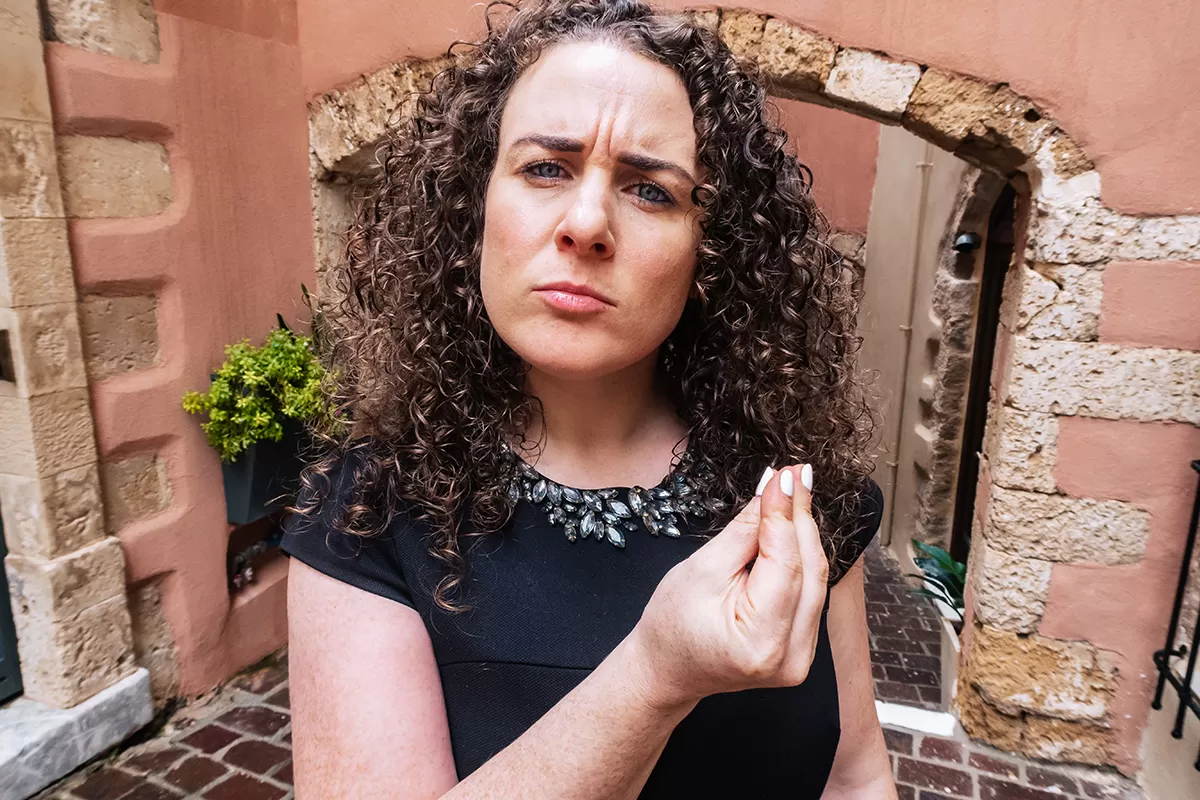
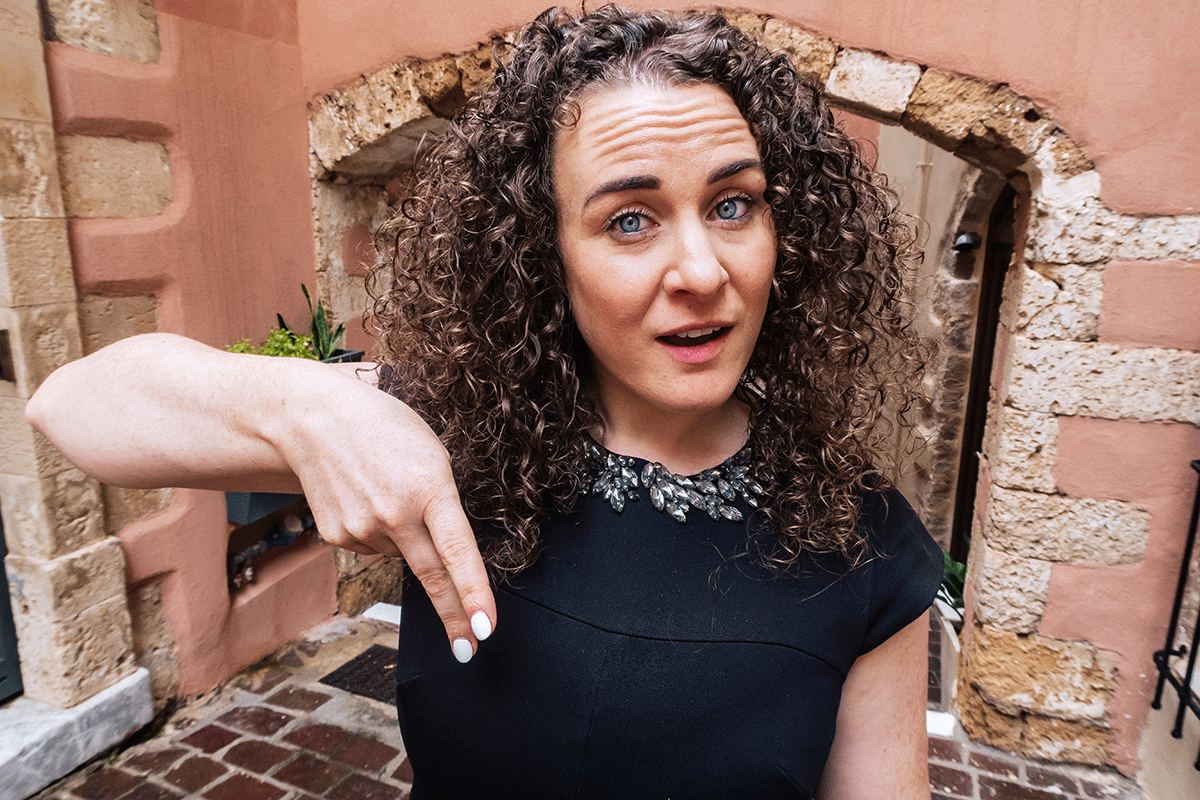

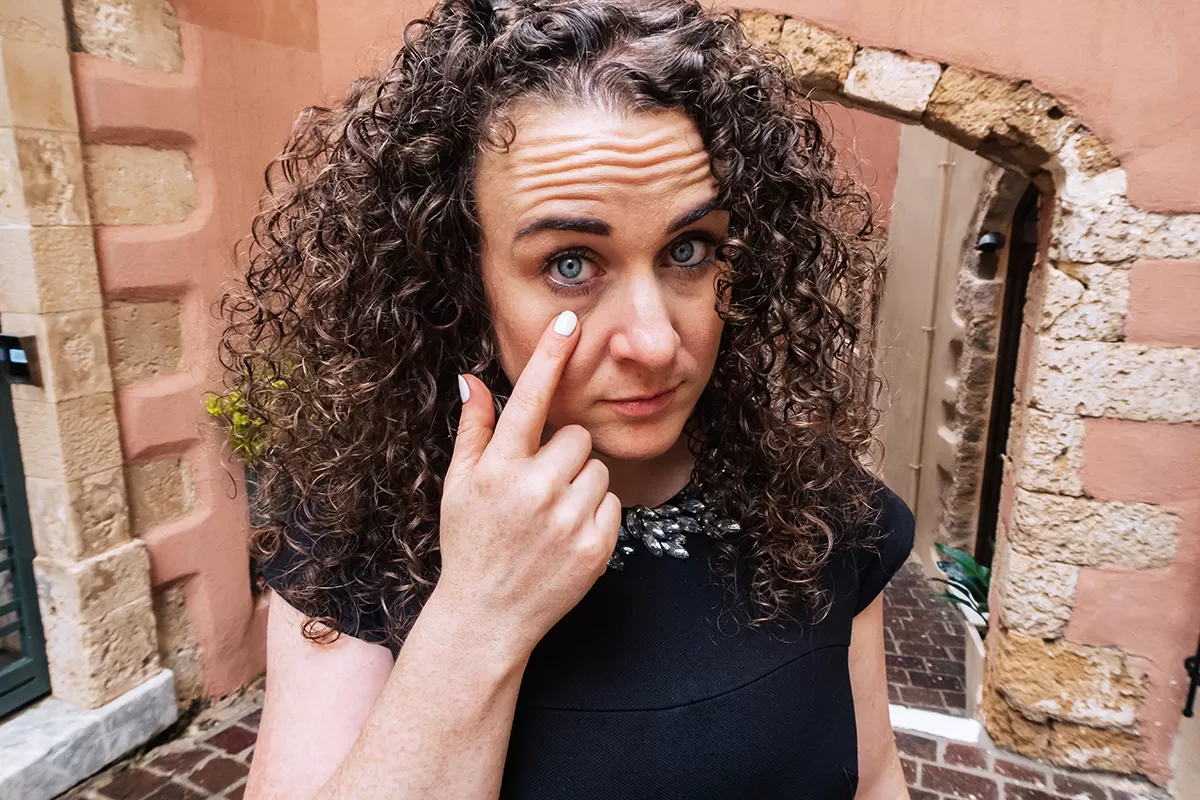
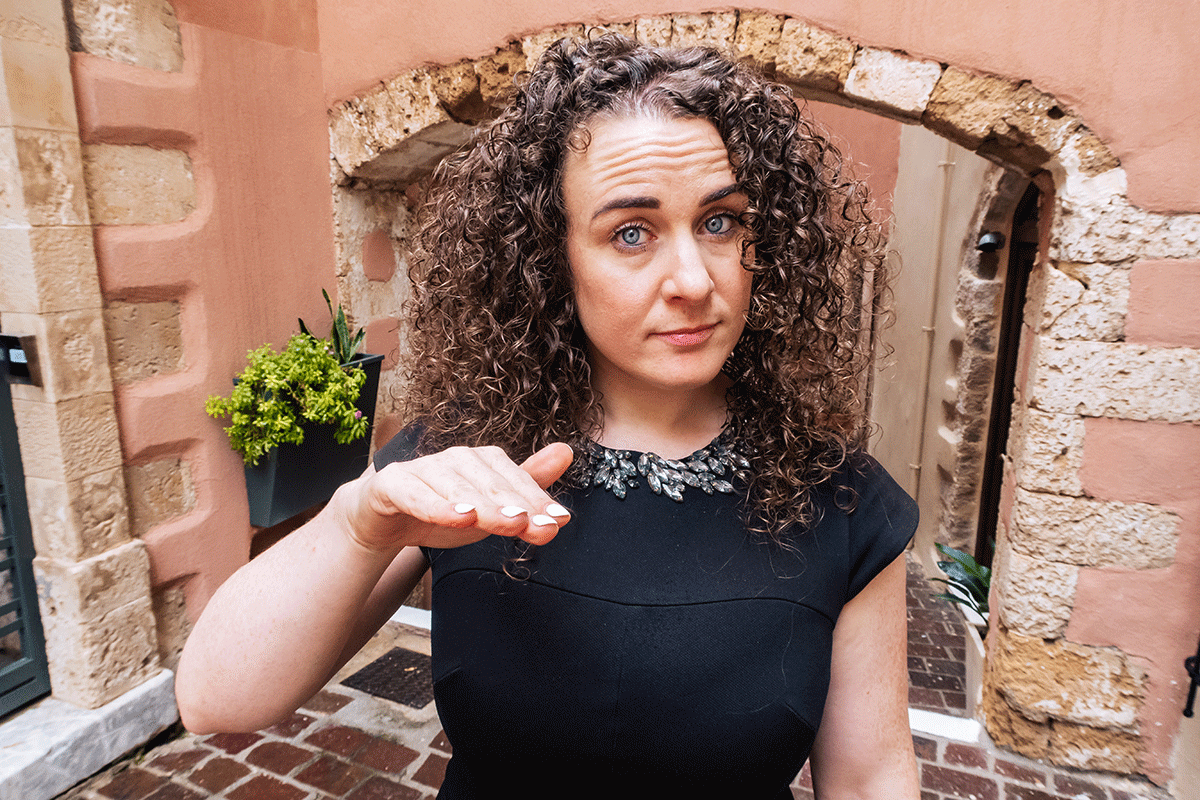
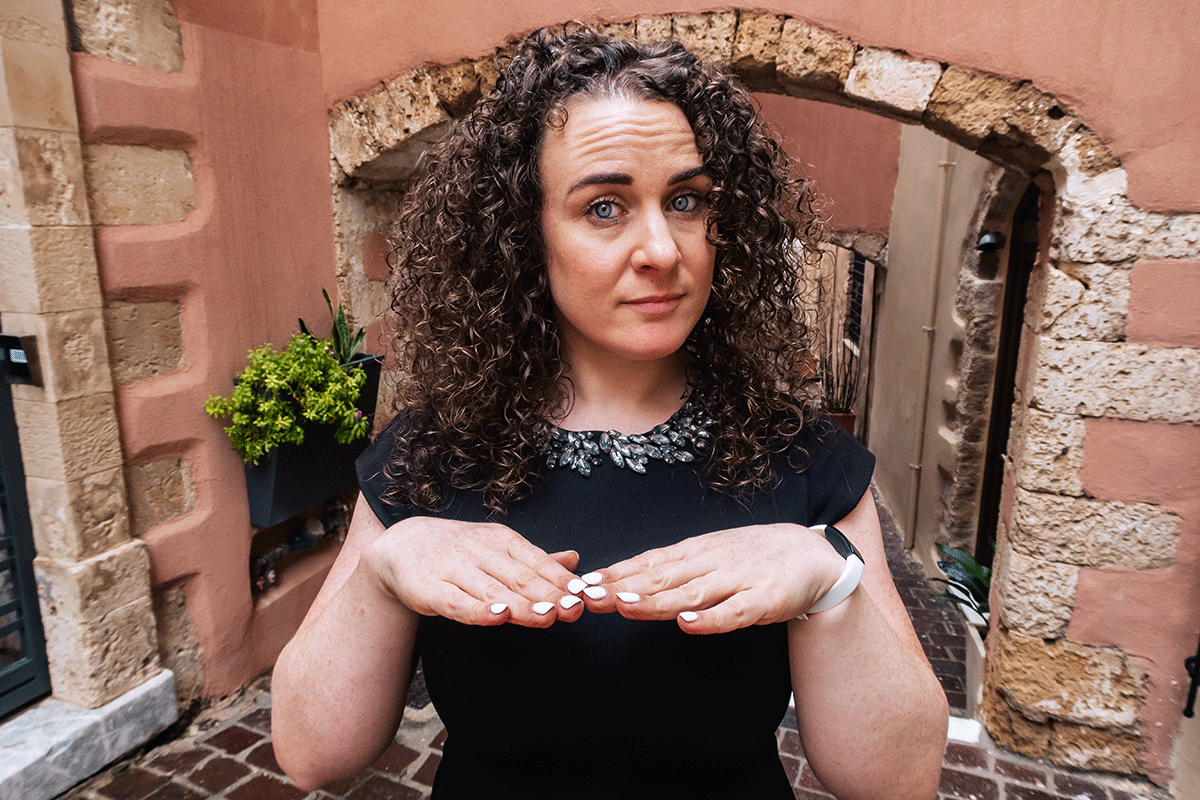
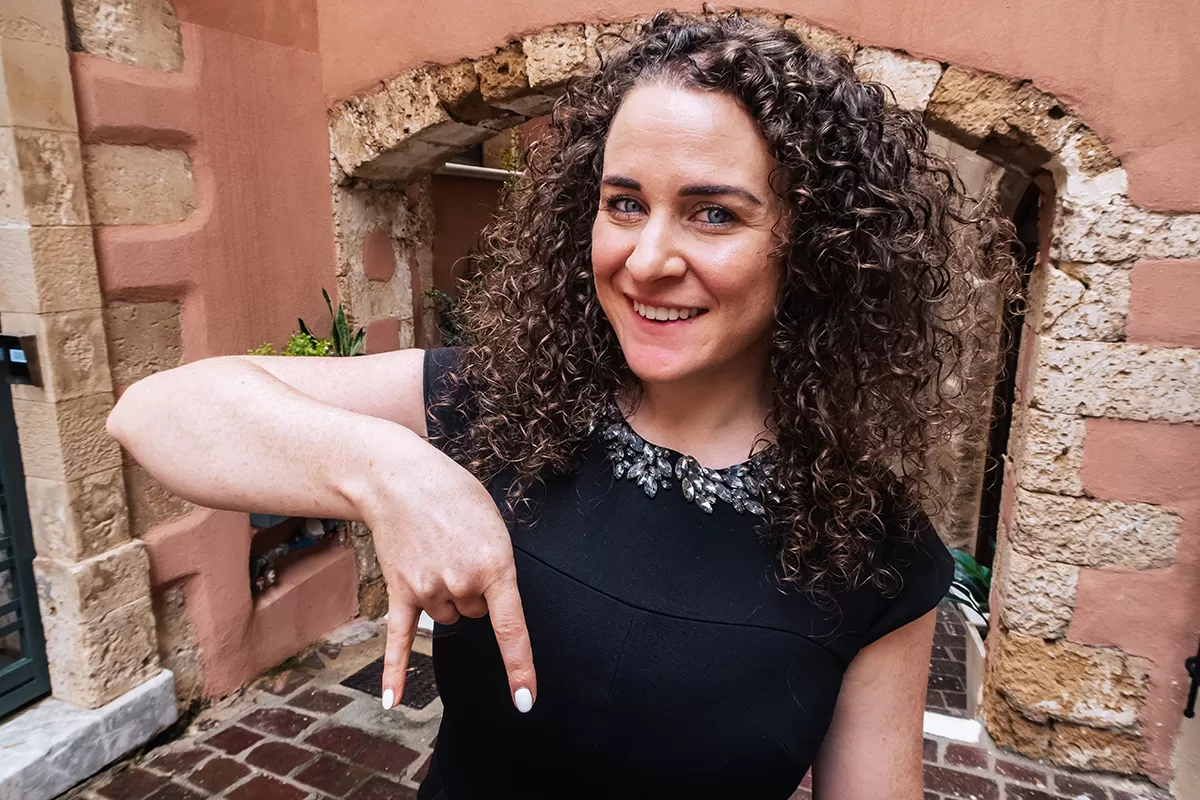
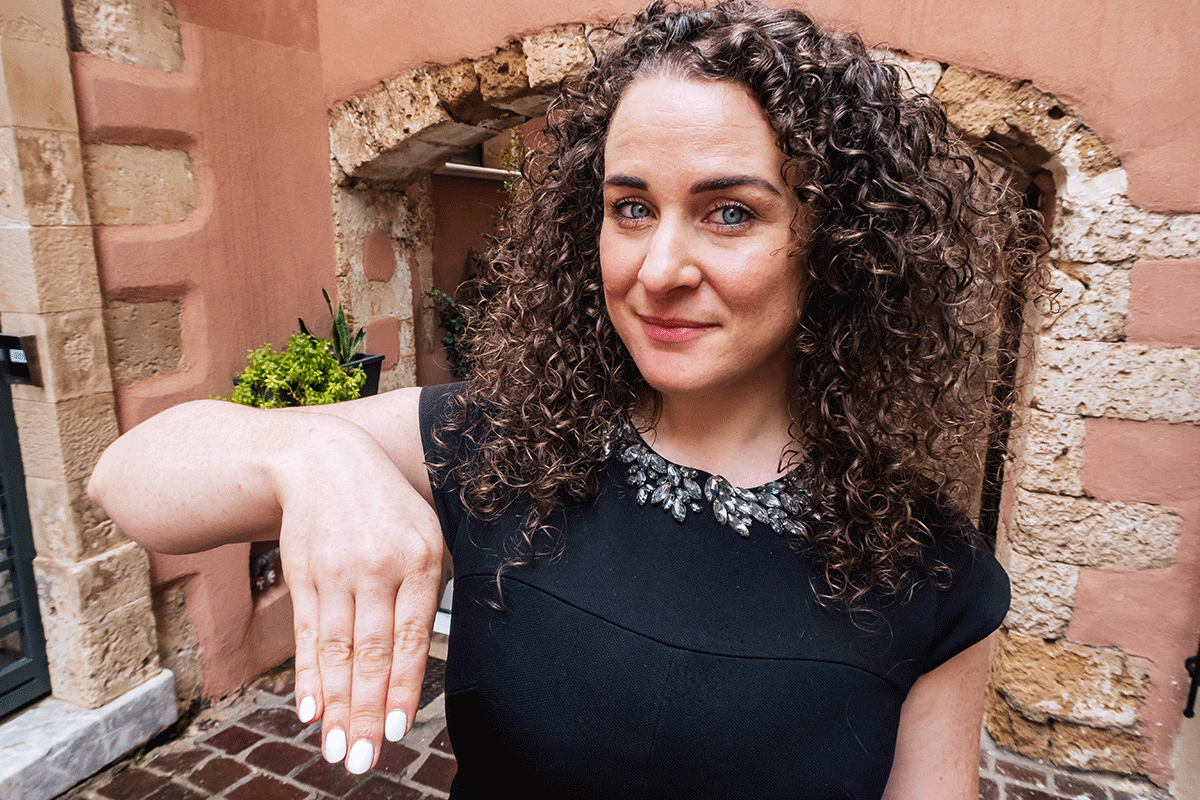
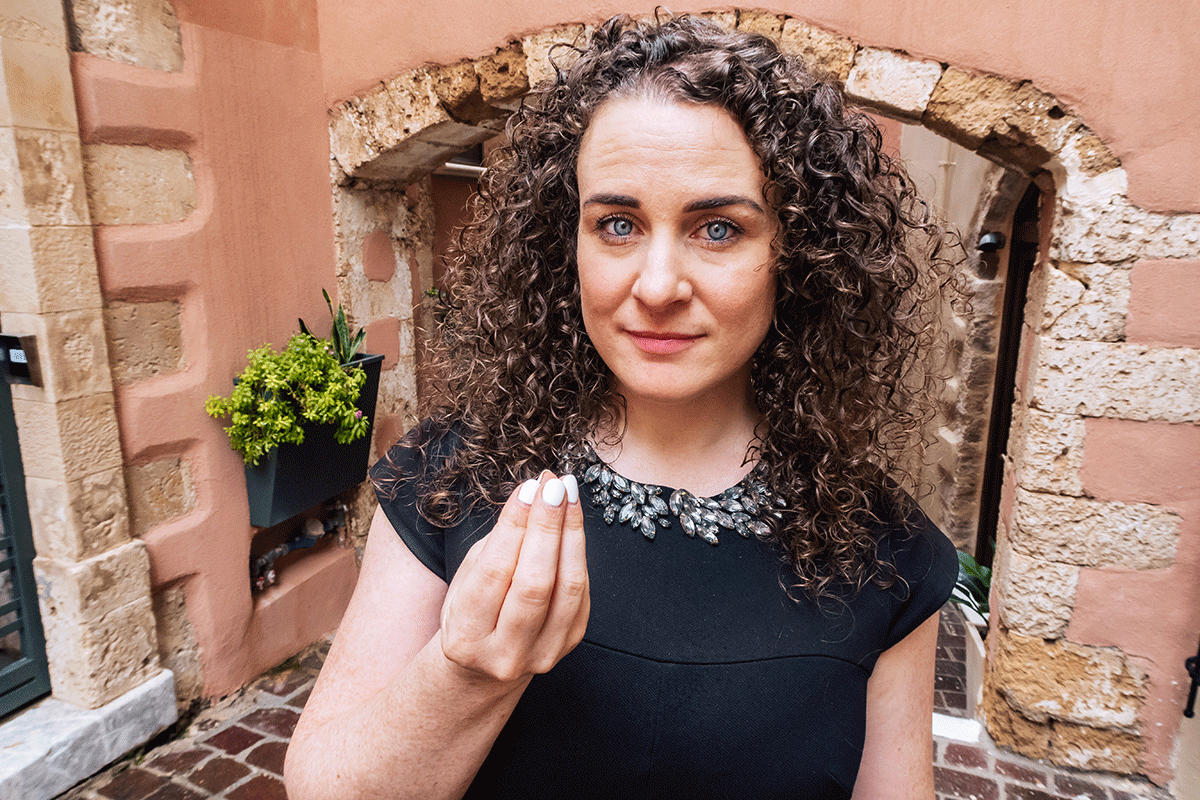
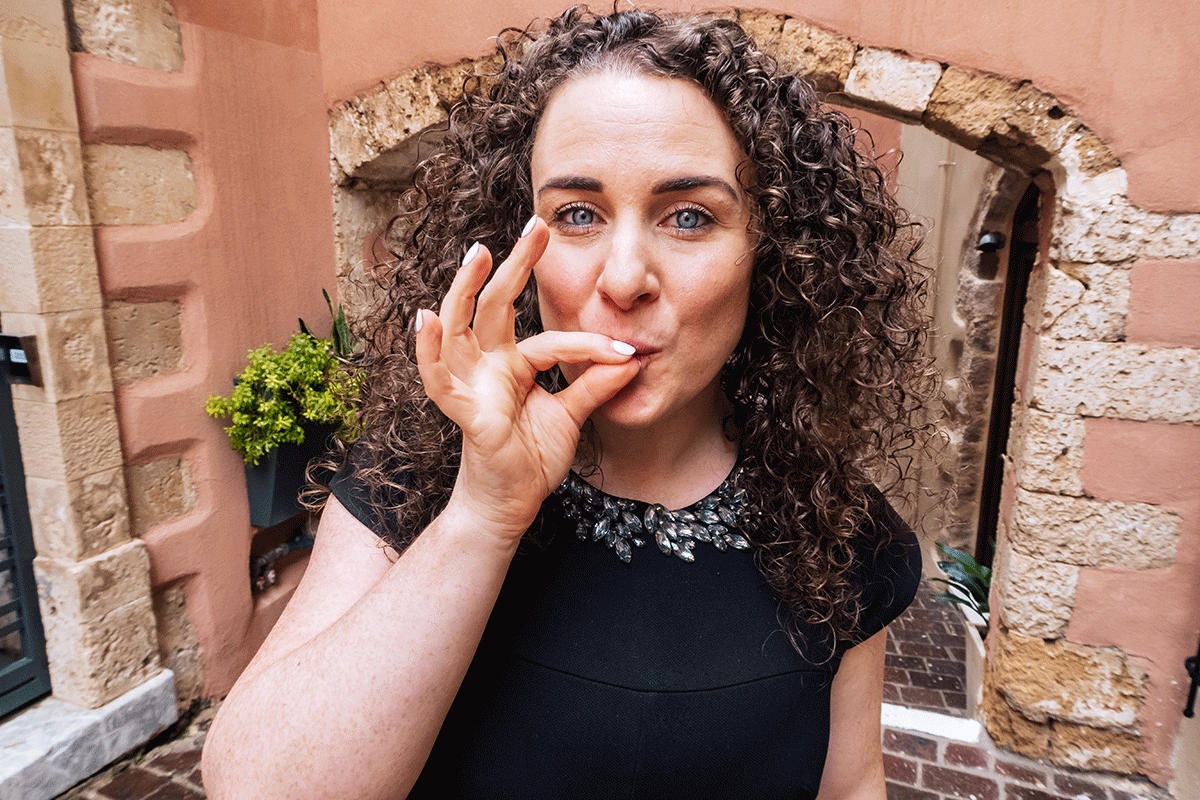
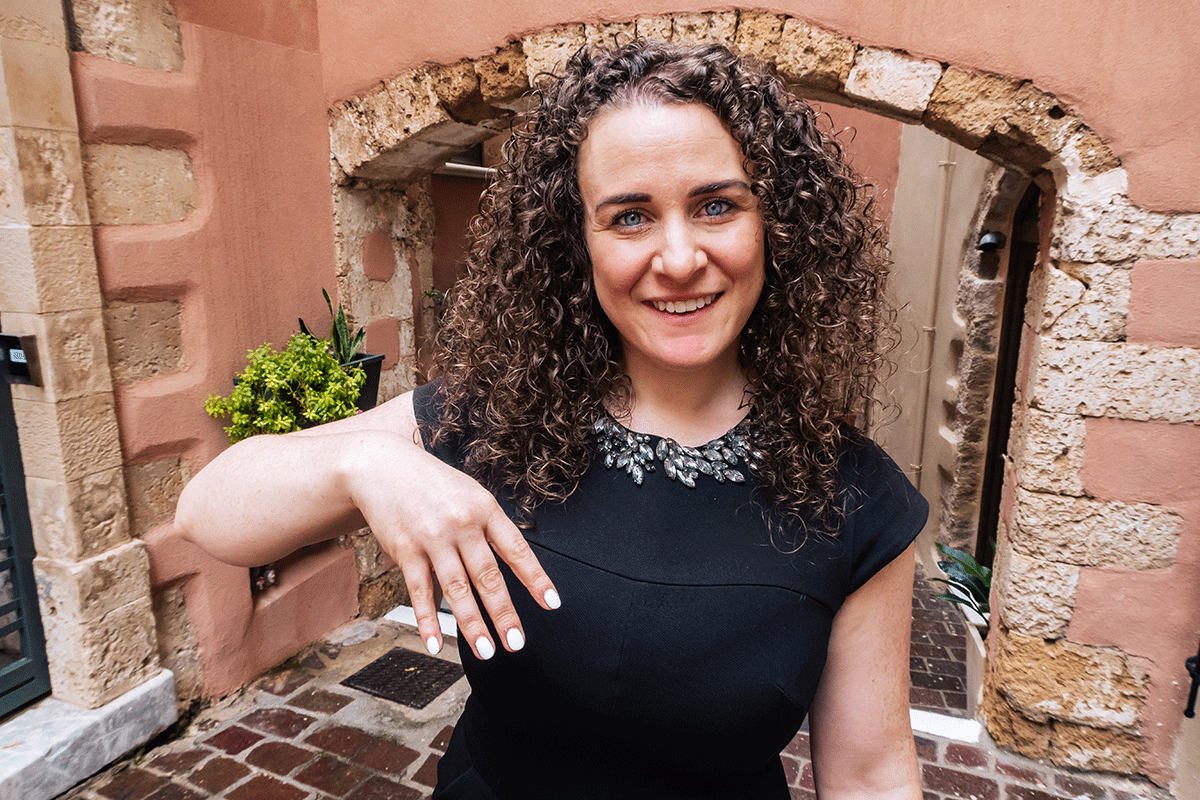
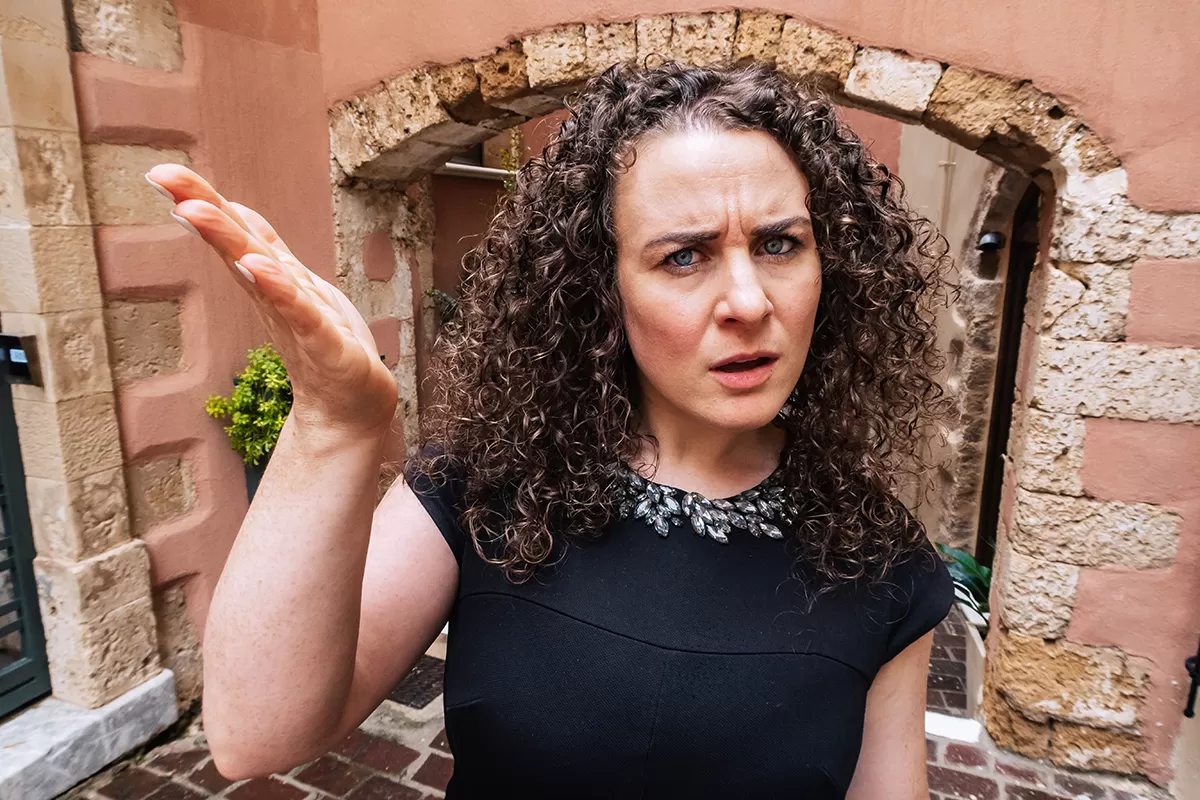
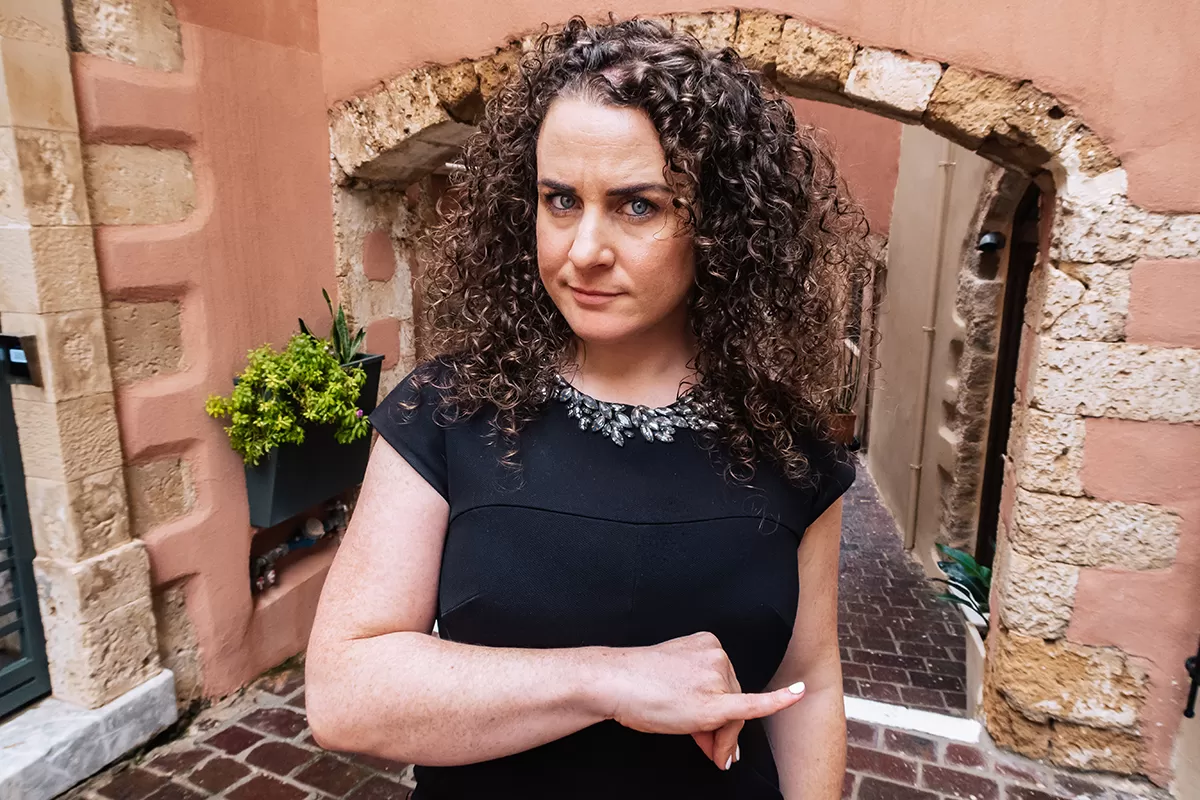
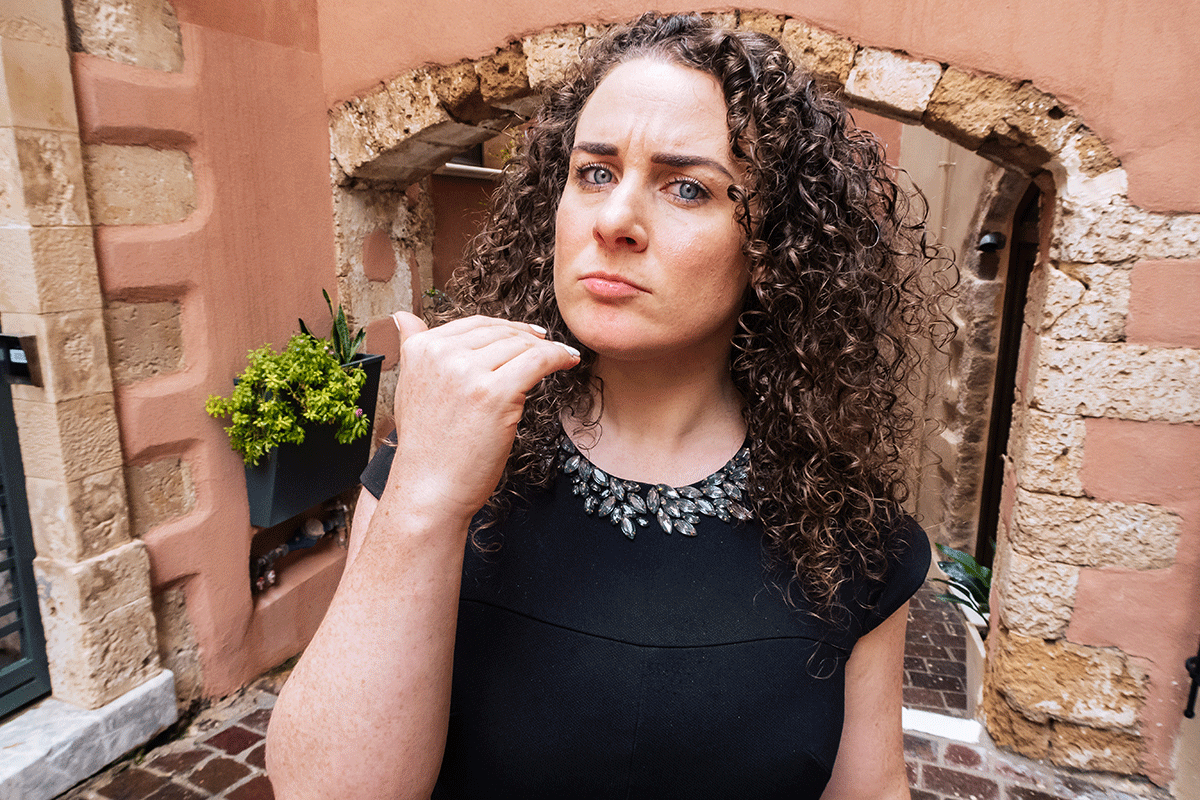
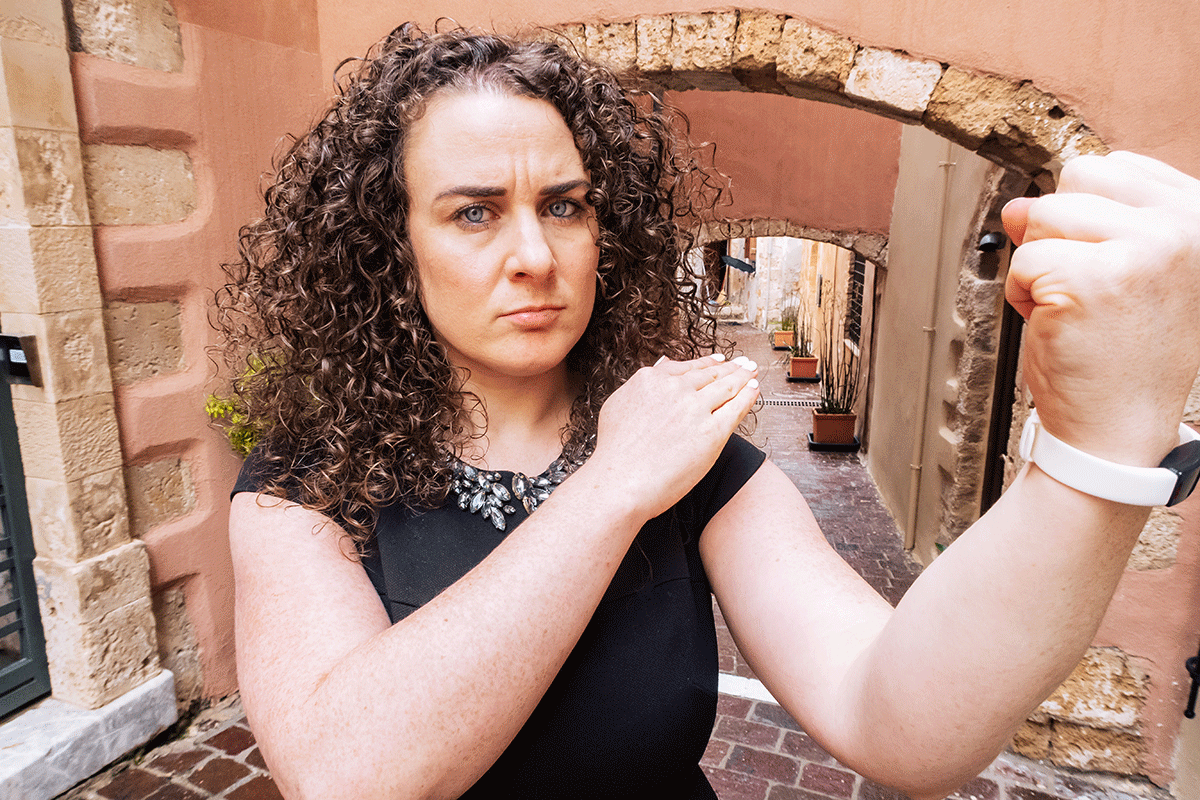
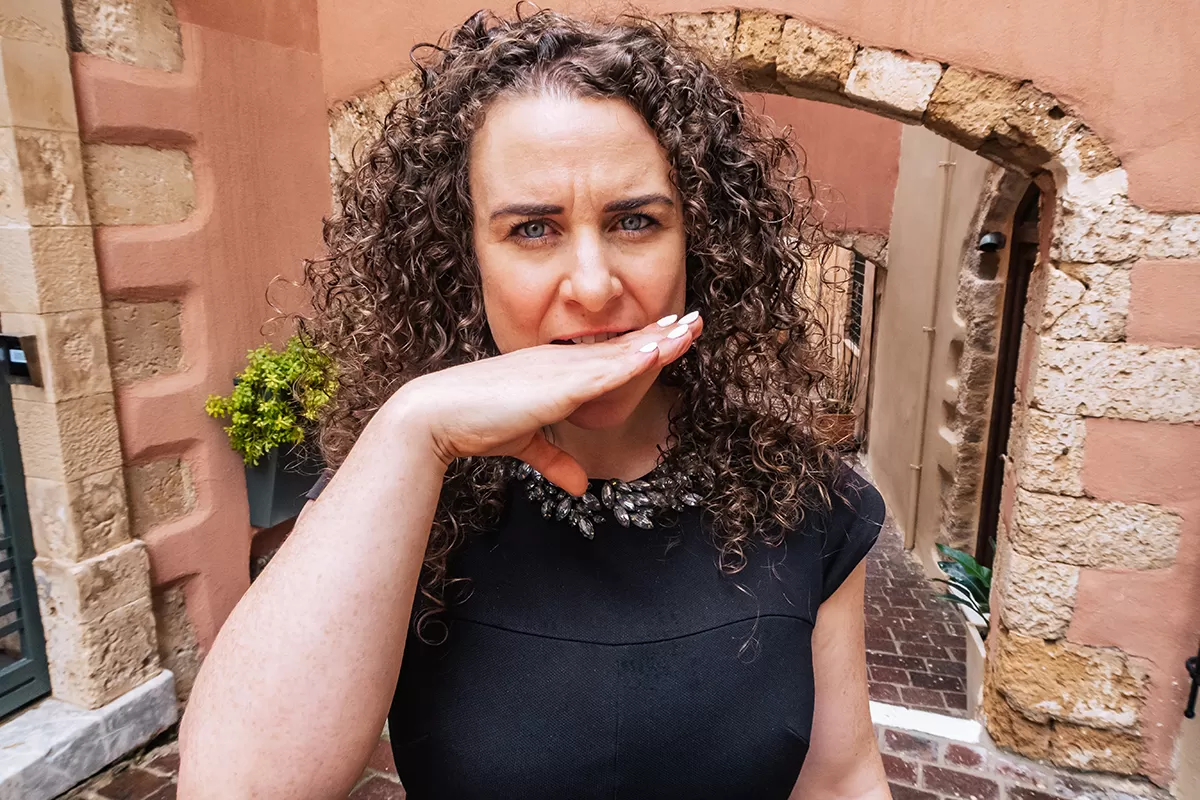
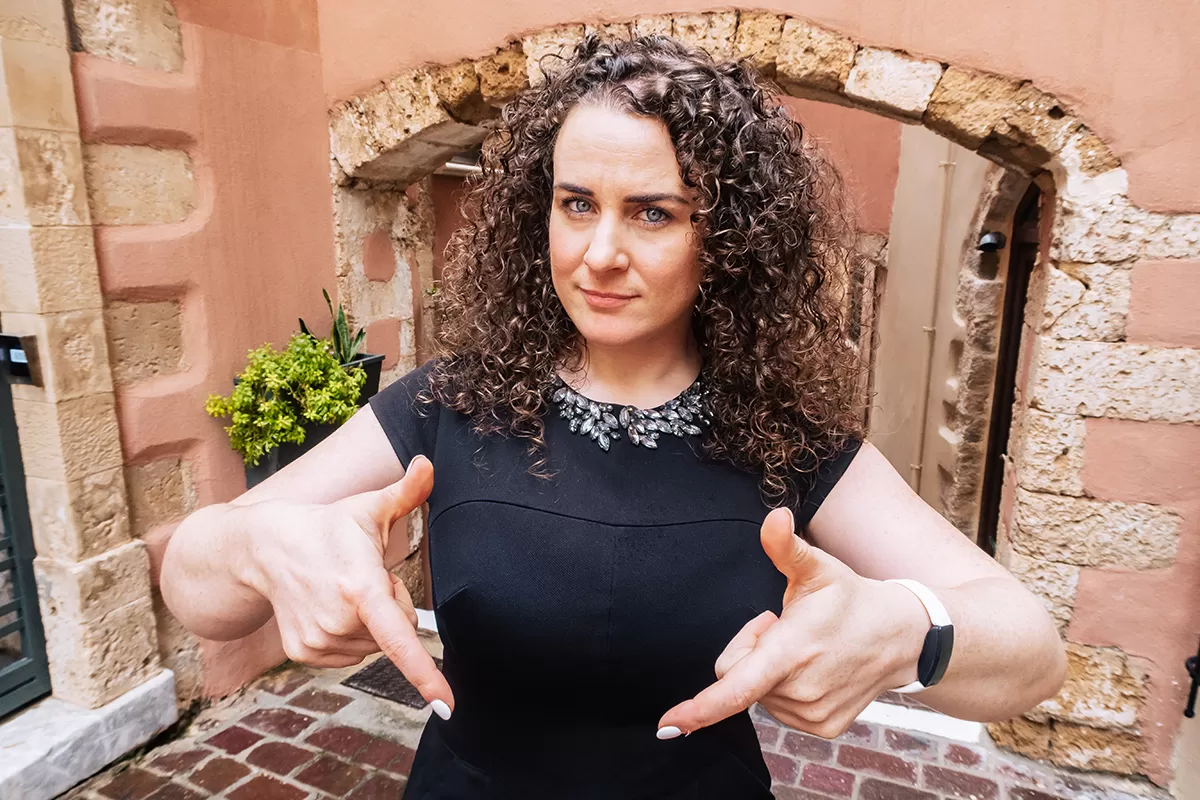

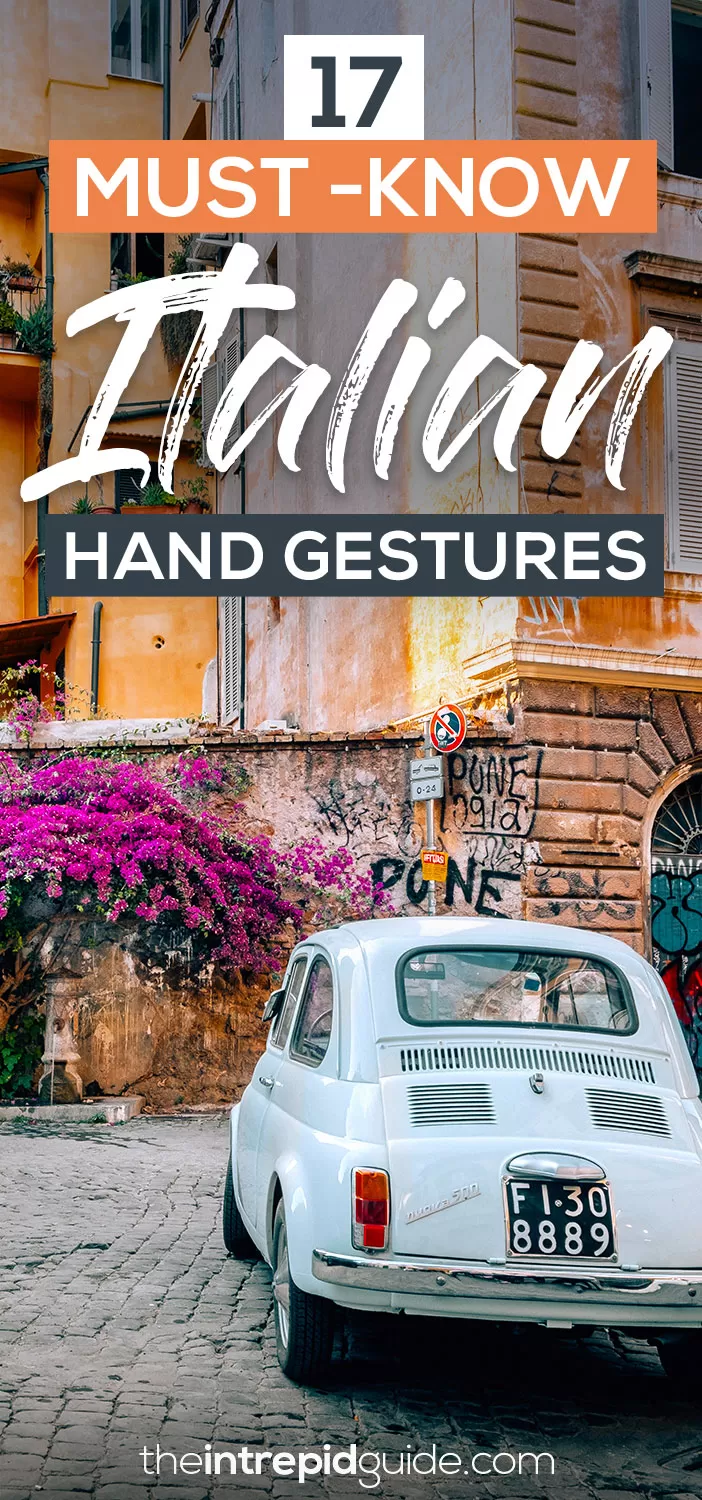
2 comments
Thank you for this great video. And BTW, your teeth are beautiful, and no I am not a dentist !!
Thank you so much Lundy 🙂 So glad you enjoyed it